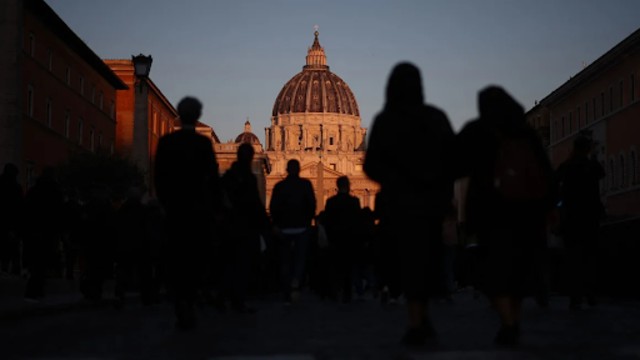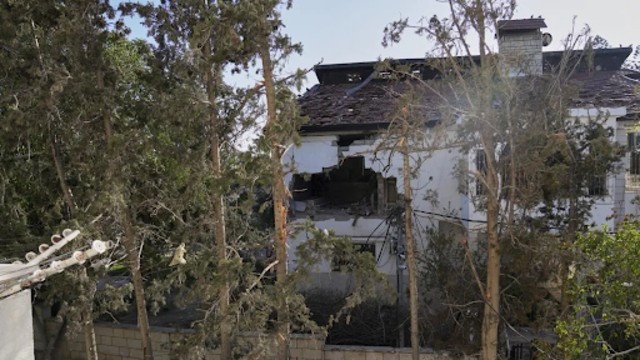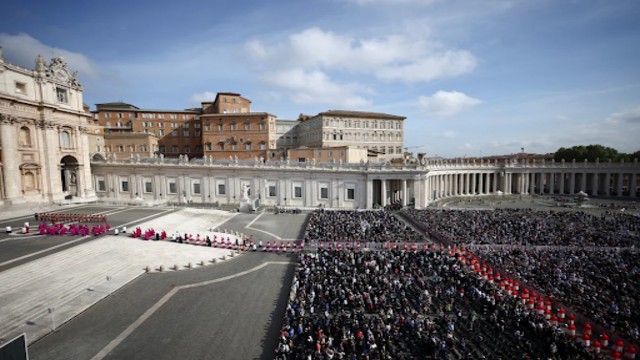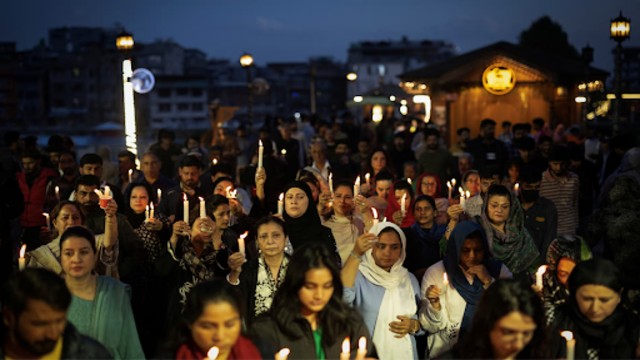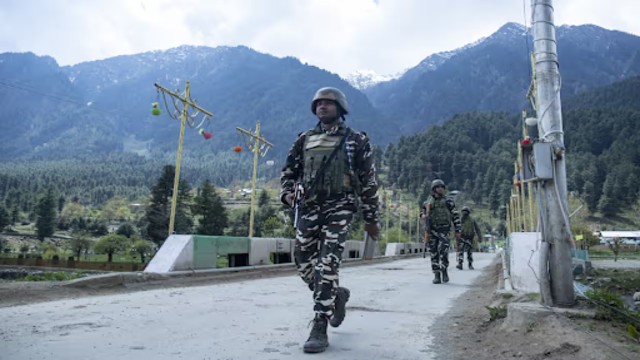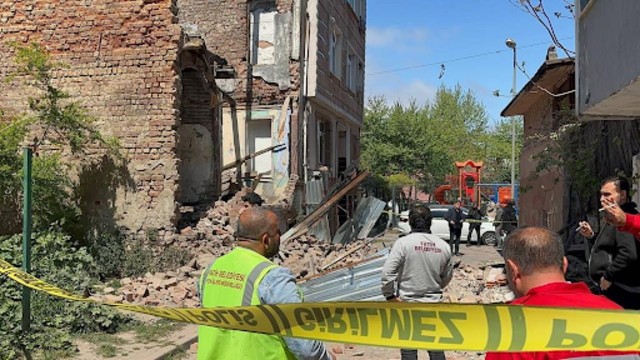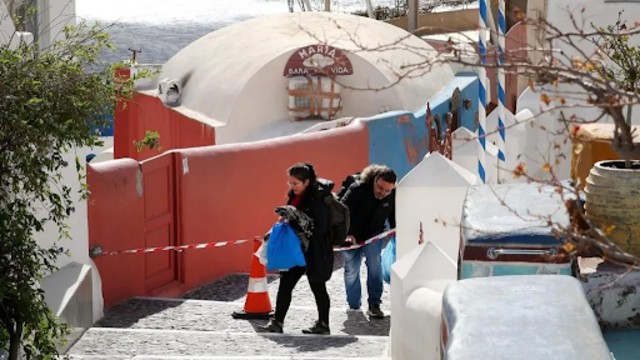
Image credit: BBC
A powerful earthquake struck between the Greek islands of Amorgos and Santorini on Wednesday night, following several days of continuous tremors in the region. The quake, recorded at 5.2 magnitude, occurred at 21:09 local time (19:09 GMT) at a depth of 5 kilometers.
Thousands of people have already left Santorini due to the ongoing seismic activity. Reports indicate that around 7,000 people departed by ferry, while another 4,000 left by air. Fortunately, there have been no reports of major damage, but authorities are taking precautions to ensure safety.
Authorities Take Action
Santorini, a popular tourist destination, sees millions of visitors every year. However, as it is currently the low season, most of the evacuees are local residents and workers. Schools on Santorini and nearby islands, including Anafi, Paros, Naxos, and Mykonos, have been closed until Friday. Officials will then decide whether they can reopen.
Vassilis Kikilias, Greece’s climate and civil protection minister, confirmed that specialized firefighter units trained in disaster response have been deployed to Santorini. Search-and-rescue teams with specially trained dogs, along with a mobile operations center, are also on the island. Helicopters remain on standby in case of emergencies.
The Greek coast guard and armed forces have also been assigned to assist vulnerable individuals who wish to evacuate. Officials are closely monitoring the situation to determine if further action is needed.
Government's Response
Earlier on Wednesday, Greek Prime Minister Kyriakos Mitsotakis reassured the public during a civil protection meeting. He emphasized that the government is relying on scientific expertise to handle the crisis.
"We trust science and our scientists. We have done this in other crises," Mitsotakis stated.
He assured that all necessary plans are in place and emergency teams have been sent to the affected islands. "We hope the situation will improve and the tremors will subside," he added.
Mitsotakis urged Santorini’s residents to stay calm and follow official instructions. "I understand the fear of being on an island that keeps shaking, but we are assessing the situation daily," he said.
Understanding the Earthquake
Santorini is part of the Hellenic Volcanic Arc, a group of islands formed by volcanic activity. While the region has experienced volcanic eruptions in the past, the last major one occurred in the 1950s.
Greek authorities have clarified that the recent tremors are caused by tectonic plate movements rather than volcanic activity. Scientists cannot predict the exact timing or size of earthquakes, but they know where they are most likely to occur. This helps governments take necessary precautions.
Earthquakes happen when tectonic plates in the Earth's crust shift. When these plates press against each other at fault lines, they can suddenly release energy, causing the ground to shake. The Greek islands, including Santorini, lie near one such fault line, making the region prone to seismic activity.


